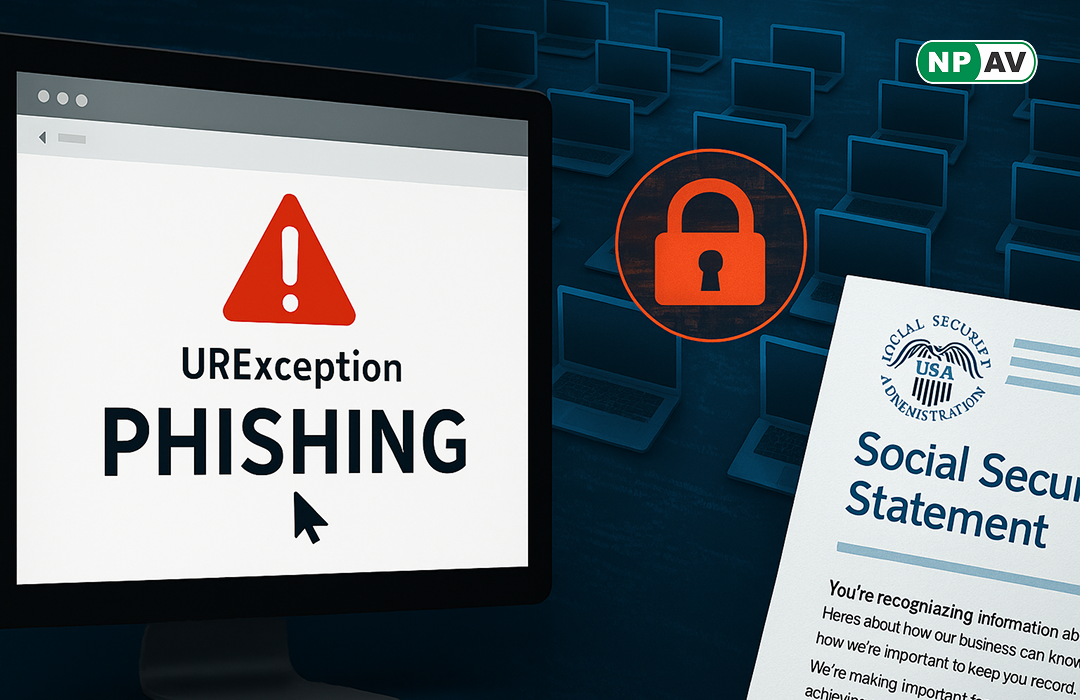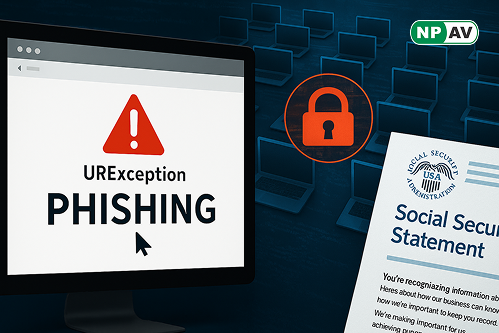Over 2,000 Devices Compromised in Sophisticated Phishing Attack Using Fake Social Security Statements

A recent investigation has revealed a sophisticated phishing campaign that has successfully compromised over 2,000 devices by masquerading as official communications from the Social Security Administration (SSA). This alarming attack highlights an evolution in social engineering tactics aimed at delivering malicious payloads to unsuspecting victims.


Key Points Phishing Emails:
- Cybercriminals sent emails with links to fake SSA webpages hosted on Amazon Web Services. Fraudulent Webpage:
- Victims were prompted to “Access The Statement,” leading to a page with download instructions for a malicious file. Malware Disguise:
- The malware, named “US_SocialStatmet_ID544124.exe,” is a .NET application loader designed to establish remote access. Multi-Stage Infection:
- The initial executable unpacks and launches components that connect to the attacker’s command-and-control server. Exploitation of Trust:
- The campaign leverages the authority of the SSA and the reputation of Amazon to bypass user skepticism. Targeted Sectors:
- While the attack is broad, financial and healthcare sectors are particularly advised to remain vigilant.
Infection Mechanism The malware's operational framework reveals its technical sophistication.


When executed, the .NET loader retrieves multiple embedded resources essential for its functionality, including a resolver that loads dependencies necessary for the ScreenConnect remote access software.
The malware establishes a connection with the attacker’s command-and-control server, utilizing encoded authentication credentials to create unauthorized remote sessions without alerting the user. This trend of using legitimate remote administration tools for malicious purposes raises significant security concerns.
The entire attack chain—from the initial phishing email to the AWS-hosted landing page and the downloadable executable—demonstrates a carefully orchestrated approach that helps attackers evade traditional security measures while maximizing infection success rates.






